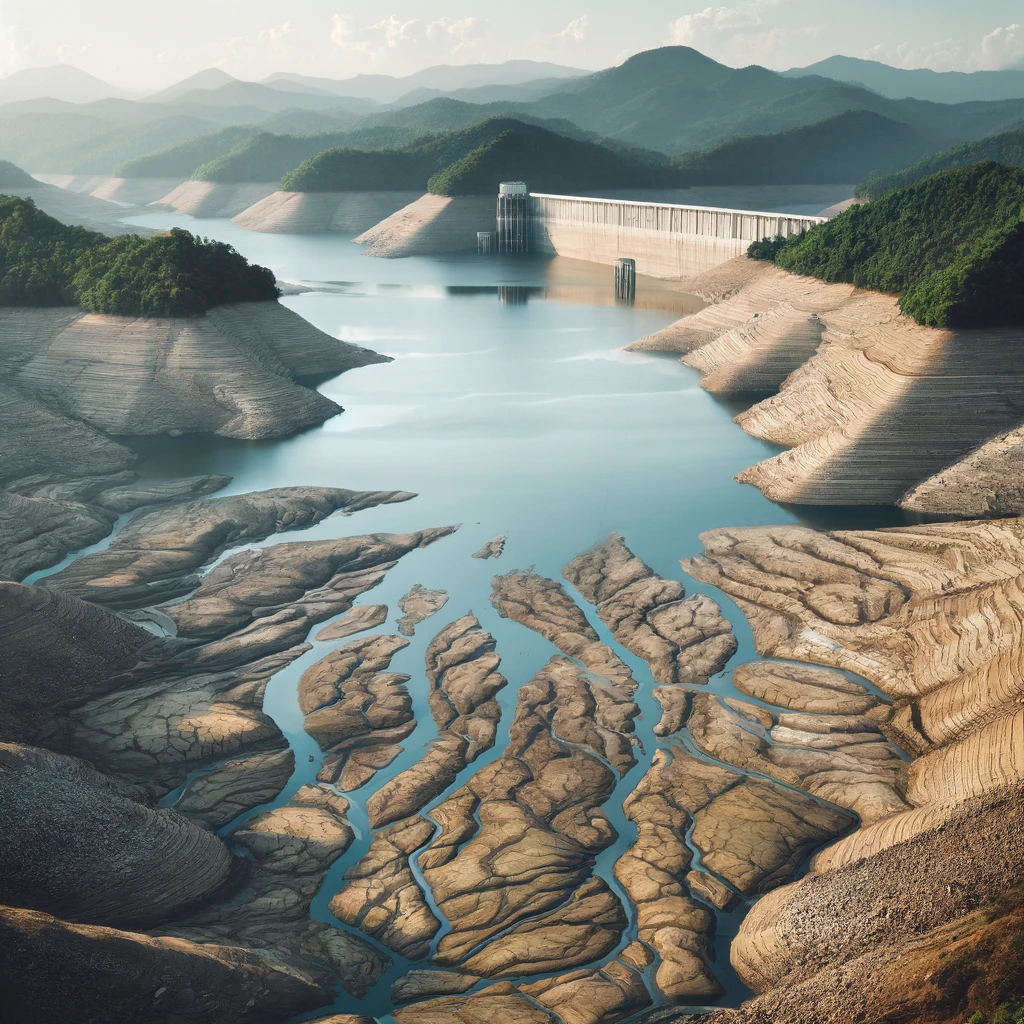Introduction
Climate change, characterized by shifts in weather patterns, rising temperatures, and extreme weather events, has profound implications for water resource management. As global temperatures increase, the availability, distribution, and quality of water are significantly affected, posing challenges for ecosystems, agriculture, and human populations.
Changes in Precipitation Patterns
One of the primary impacts of climate change on water resources is the alteration of precipitation patterns. Some regions experience increased rainfall, leading to flooding, while others suffer from prolonged droughts.
Increased Flooding: In areas where rainfall becomes more intense and frequent, the risk of flooding rises. This can overwhelm existing water management infrastructure, leading to property damage, loss of life, and contamination of water supplies.
Droughts and Water Scarcity: Conversely, other regions face reduced rainfall and prolonged dry spells. Droughts decrease water availability for agriculture, drinking, and industrial use, exacerbating water scarcity.

Melting Glaciers and Snowpacks
Glaciers and snowpacks serve as critical freshwater reservoirs, slowly releasing water that supports rivers and ecosystems. Climate change accelerates the melting of these ice reserves.
Reduced Water Supply: As glaciers retreat and snowpacks diminish, the steady supply of meltwater that many regions rely on decreases. This can lead to reduced river flows and diminished water availability during dry seasons.
Sea Level Rise and Saltwater Intrusion: Melting ice contributes to sea level rise, which can lead to saltwater intrusion into coastal freshwater aquifers. This makes the water unsuitable for drinking and irrigation.

Impacts on Water Quality
Climate change also affects water quality through various mechanisms:
Increased Water Temperature: Higher temperatures can lead to the proliferation of harmful algal blooms in water bodies, which produce toxins that are dangerous to both aquatic life and humans.
Contamination from Extreme Weather Events: Floods can cause sewage overflows and runoff of agricultural chemicals into water supplies, contaminating drinking water sources.

Challenges for Water Resource Management
Managing water resources in the face of climate change involves addressing these complex challenges:
Infrastructure Adaptation: Existing water infrastructure, such as dams, reservoirs, and drainage systems, must be upgraded to handle extreme weather events and changing water availability.
Water Conservation and Efficiency: Enhancing water use efficiency in agriculture, industry, and urban areas is crucial. Implementing technologies such as drip irrigation, recycling wastewater, and reducing leakage in water distribution systems can help conserve water.
Integrated Water Resource Management (IWRM): IWRM approaches that consider the entire water cycle and involve stakeholders at all levels are essential for sustainable water management. This includes policies that promote equitable water distribution, protect ecosystems, and ensure long-term water security.
Policy and Governance: Effective water management requires robust policies and governance frameworks that can respond to climate-related challenges. This includes transboundary water cooperation, where countries share water resources, and developing adaptive management practices.

Conclusion
Climate change poses significant risks to water resource management, affecting the availability, quality, and distribution of water. Addressing these challenges requires comprehensive strategies that combine infrastructure adaptation, water conservation, integrated management approaches, and robust policy frameworks. By taking proactive measures, societies can better manage their water resources in a changing climate, ensuring sustainability for future generations.
